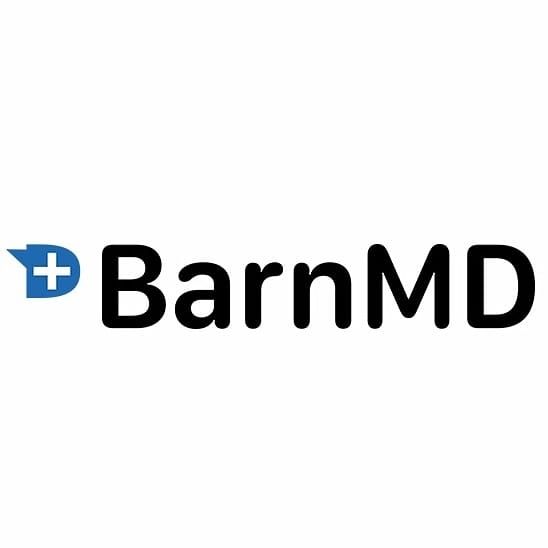Blood Pressure Calculator
Your Blood Pressure Interpretation:
Note: This information is for general guidance and is not a substitute for professional medical advice. Always consult your doctor for proper diagnosis and treatment.
Hypertension Information Hub
Comprehensive information about high blood pressure, its risks, and management strategies
Understanding Blood Pressure
What is Blood Pressure?
Blood pressure is the force of your blood pushing against the walls of your arteries. When blood pressure is consistently high, it can damage your arteries and lead to serious health problems.
Understanding Your Numbers:
Blood pressure is measured with two numbers:
- Systolic pressure (top number): Measures the pressure in your arteries when your heart beats.
- Diastolic pressure (bottom number): Measures the pressure in your arteries between beats.
Blood Pressure Categories (AHA Guidelines):
- Normal: Less than 120/80 mmHg
- Elevated: Systolic between 120-129 mmHg and diastolic less than 80 mmHg
- Hypertension Stage 1: Systolic between 130-139 mmHg or diastolic between 80-89 mmHg
- Hypertension Stage 2: Systolic at least 140 mmHg or diastolic at least 90 mmHg
- Hypertensive Crisis: Systolic over 180 mmHg and/or diastolic over 120 mmHg (requires immediate medical attention)
Common Risk Factors for High Blood Pressure
Many factors can increase your risk. While some cannot be changed, others are related to lifestyle and can be managed.
- Age: Risk increases as you get older.
- Family History: Hypertension often runs in families.
- Obesity: Being overweight strains your heart and arteries.
- Physical Inactivity: Lack of exercise can lead to higher BP.
- Tobacco Use: Damages artery walls and raises BP.
- High Sodium Intake: Too much salt causes fluid retention.
- Low Potassium Intake: Potassium helps balance sodium.
- Excessive Alcohol: Can damage the heart over time.
- Stress: Contributes to temporary spikes and long-term risk.
- Chronic Conditions: Kidney disease, diabetes, and sleep apnea.
Managing and Preventing Hypertension
Lifestyle modifications are the foundation of treating high blood pressure.
- Healthy Diet: Focus on fruits, vegetables, and whole grains.
- Regular Exercise: 150 minutes of moderate activity weekly.
- Healthy Weight: Small weight loss can make a big difference.
- Limit Alcohol: Drink in moderation, if at all.
- Quit Smoking: One of the best things for your heart.
- Manage Stress: Meditation, yoga, or hobbies.
- Regular Monitoring: Track BP at home and see your doctor.
Checking Your Blood Pressure at Home
Regular home monitoring provides valuable information about your treatment plan.
- Choose the Right Monitor: Automatic, cuff-style bicep monitor.
- Prepare for Measurement: Avoid caffeine, exercise, and smoking for 30 minutes before.
- Proper Positioning: Sit with back straight, feet flat, arm at heart level.
- Cuff Placement: Directly on bare skin, snug but not tight.
- Take Multiple Readings: 2-3 readings one minute apart.
- Keep a Record: Log readings with date and time.
✅ ASSESSMENT: Understanding Blood Pressure
Valid for One Year from Date of Registration
Instructions:
- Choose the correct answer for each question.
- A passing score of 15/15 (100%) is required to earn a Certificate of Completion.
- Use the knowledge you’ve gained from the module to answer.
Assessment Result
Congratulations! You scored 100% and earned a Certificate of Completion!
Download CertificateKeep learning! You need a 100% score to earn the certificate. Please review the material and try again.

